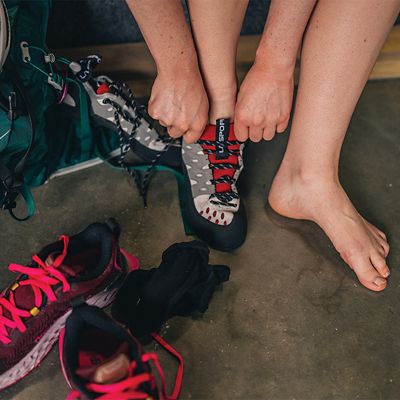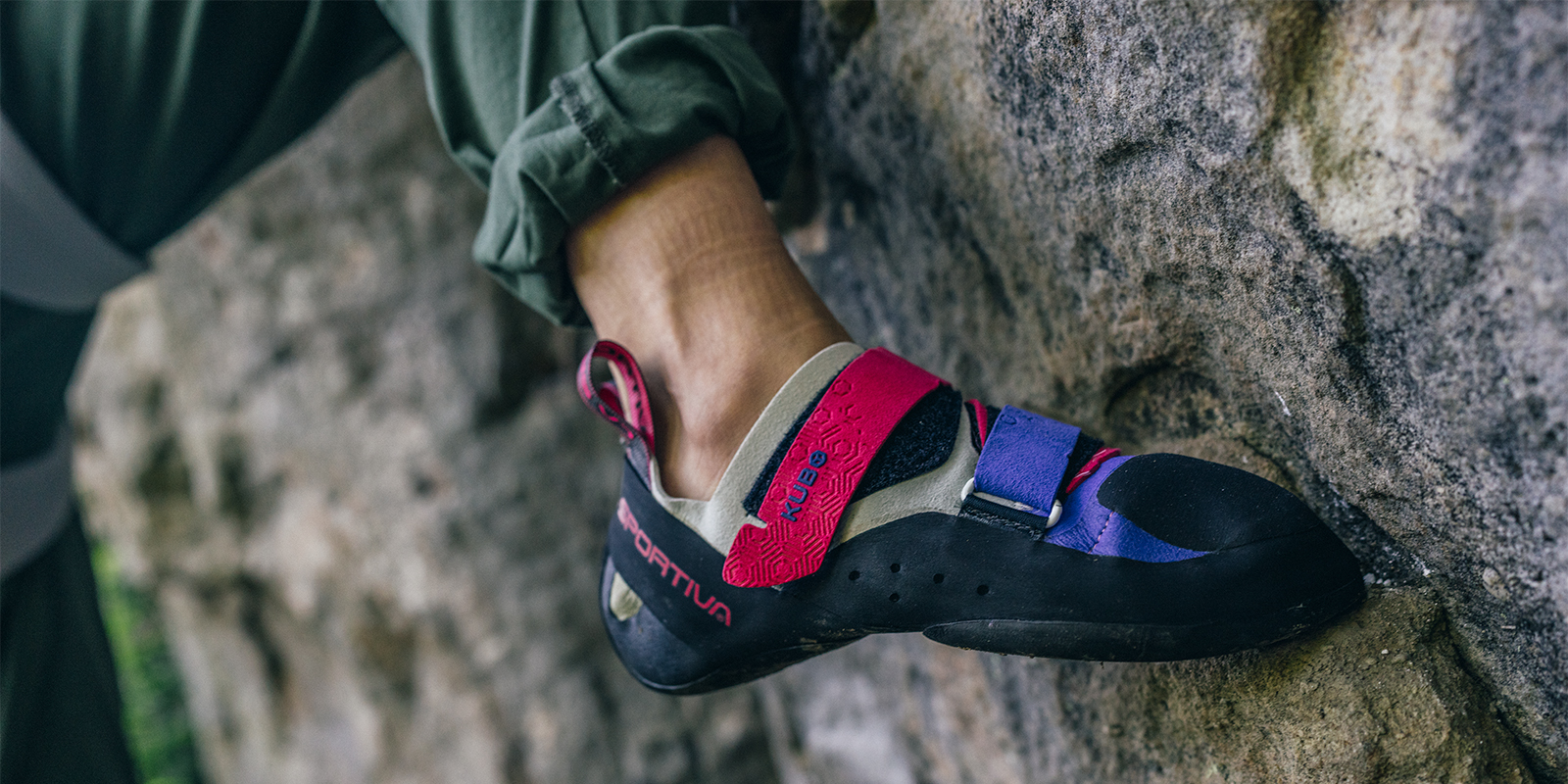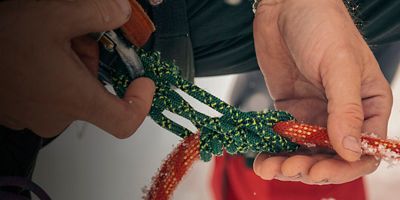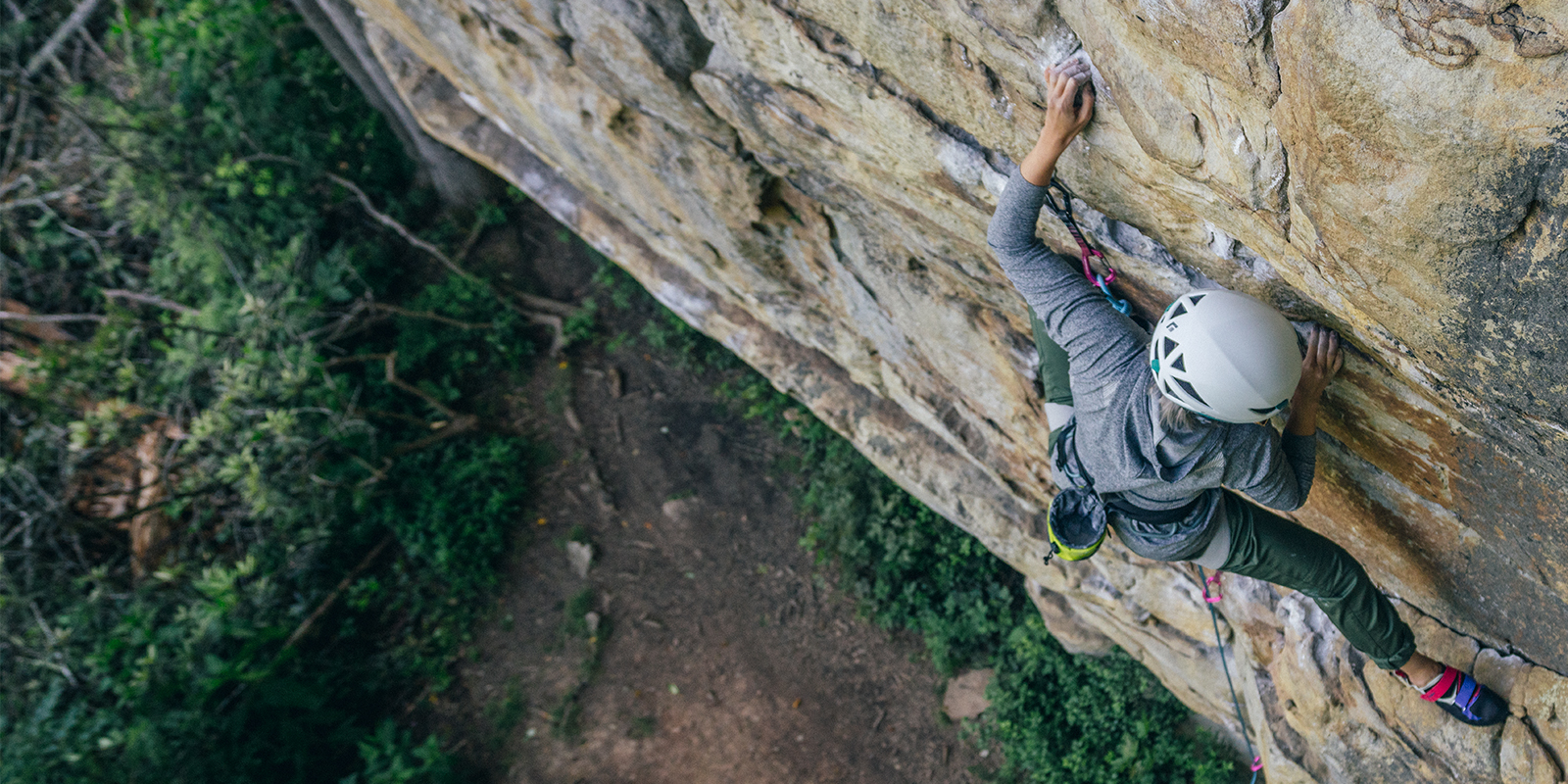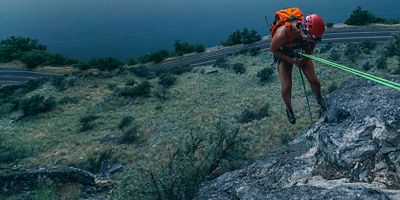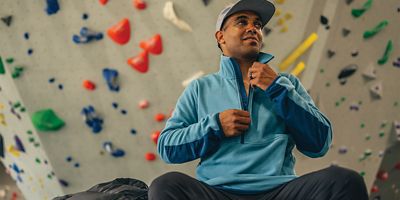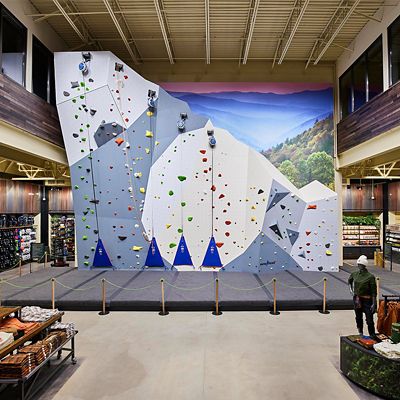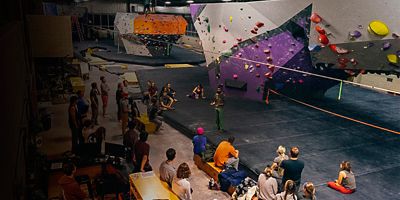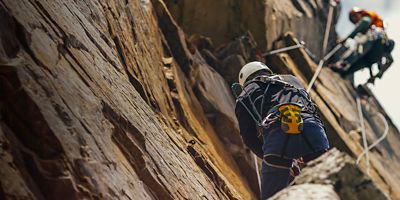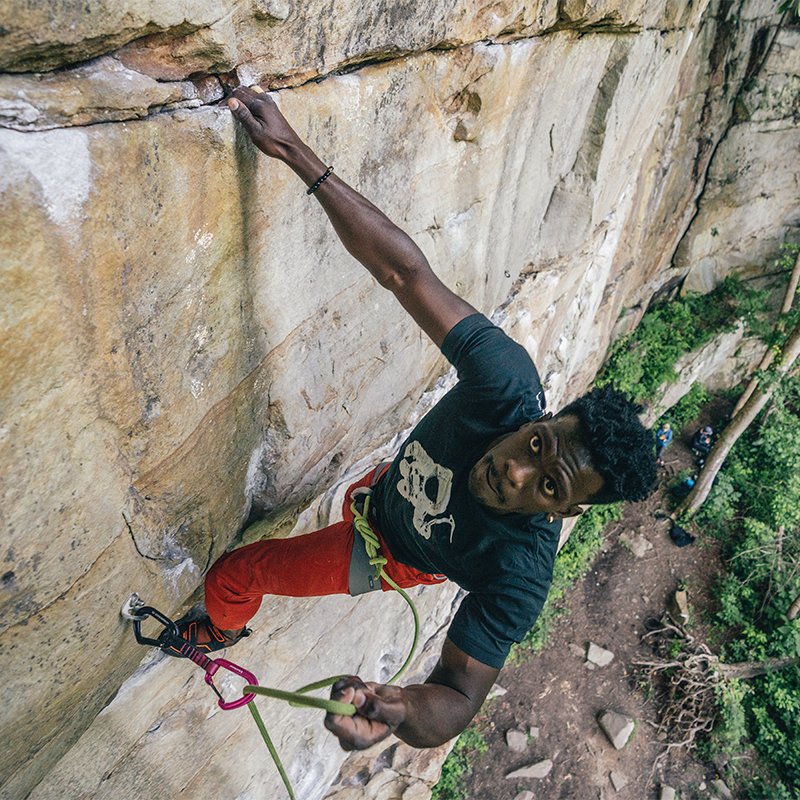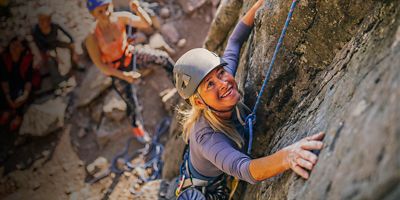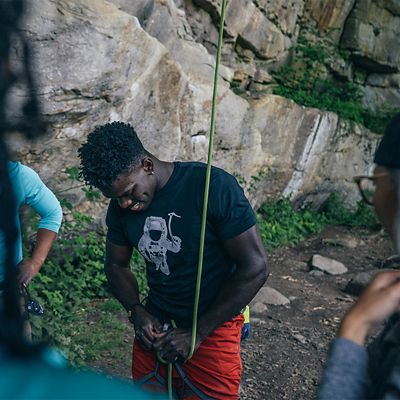Rock climbing doesn’t have a rule book like other sports. You don’t need to circle the bases in one direction, go straight from the first green to the second tee, or stay on a set of specified runs. Usually your goal is simply to go from the bottom of a cliff to the top. There are routes but they typically just provide an idea of the difficulty in that general area on the cliff. No one forces you to follow the route, or tells you where exactly to put your feet and hands to climb it. That freedom leaves climbers to discover what works and what’s the most fun for them. And while there’s no perfect sequence of moves to get up a climb, climbers have long figured out a handful of common techniques that help them stay connected to the rock face—and move up it efficiently to best conserve energy for the climbing ahead. So while these aren’t law (and that’s part of the beauty of climbing), the right climbing technique is always worth knowing.
Footwork
Think about climbing the monkey bars as a kid: moving with only your arms (and horizontally at that) burns you out fast. For that reason, most of the upward motion a climber achieves ideally comes from their legs. Having “solid feet” and keeping them in a place where you stay balanced makes everything else easier. There are two primary ways to use your feet (which, remember, are in rubber-soled climbing shoes):
- Edging: This is probably what you think of as climbing. Using the edge of your shoes (most often on the inside of your toes, but it depends where you’re headed) to pick out a small surface to step up (push down) on.
- Smearing: That rubber is sticky. For less-than-vertical walls that are mainly featureless (we call these “slabs”), using the bottom of your foot to seemingly “smear” the rubber of your shoes on the rock might be the best way to find good feet. You’re taking advantage of the friction between your shoes and the rock to keep you there, so get as much of your climbing shoes in contact with the rock as possible.
- Toe-Jams: Crack climbing is a little more advanced. Climbers tend to either love it or hate it, but it requires its own set of techniques. One popular one involves sliding your toes into a tightening crack at a sideways angle (so they’re narrow) then standing up, widening the foot and wedging toes tightly in the rock. Get why some people aren’t big fans of this style?
Your feet are your foundation, so finding solid holds in the direction you want to move is critical. You’ll want to keep your body weight roughly centered over your feet, otherwise you’ll tip off of them. And relax on your feet: Standing up with your heels above your toes will not only exhaust your calves and ankles, but you’ll have less rubber in contact with the rock than you would with your heels just slightly below your toes.






